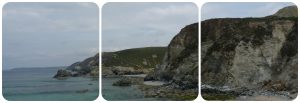
Highlights: Tectonic history, sulphide veins
Location: SW 7220 5162
What’s nearby: Cligga Head, Chapel Porth.
Conservation: Site of Specific Scientific Interest (SSSI), Area of Outstanding Natural Beauty (AONB), UNESCO World Heritage, Special Area of Conservation. No hammering or collecting at any time.
Information here is provided for reference only. You should ensure that you have permission from the landowner and take safety precautions when visiting sites. Always check tide timetables before visiting coastal sites and remain aware of cliff falls.
At Trevaunance Cove you can see coastal exposures of the Porthtowan Formation that haven’t been metamorphosed by intruding granites. The rocks retain structures relating to the Variscan Orogeny. Several sulphide-bearing mineral veins are exposed in the cliff section. A fallen harbour is a remnant of a rich mining history.
Gallery
Further Reading & References
- Fern JB (1920). The St Agnes Mining District. Mining Magazine, 23, pp. 11-21.
- Hollick IM, Shail RK, Leveridge BE. 2006. Devonian rift-related sedimentation and Variscan tectonics – new data on the Looe and Gramscatho basins from the resurvey of the Newquay District. Geoscience in south west England, 11, pp. 191-198. [PDF]
